Walking is one of the most accessible forms of exercise, offering numerous health benefits without the need for special equipment. But when it comes to footwear, you might wonder: Can you walk in running shoes? This comprehensive guide explores the ins and outs of using running shoes for walking, helping you make an informed decision for your foot health and comfort.
Understanding the Differences: Running Shoes vs. Walking Shoes
At first glance, running and walking shoes might seem interchangeable. However, there are key differences in their design and functionality.
Design and Cushioning
Running shoes are built to handle the high-impact forces of running. They typically feature more cushioning, especially in the heel and forefoot areas, to absorb shock. Walking shoes, on the other hand, have less cushioning since walking generates less impact.

Flexibility and Sole Structure
Walking shoes are designed to be more flexible through the ball of the foot, accommodating the rolling motion of walking. Running shoes often have stiffer soles to provide stability during the running gait cycle.
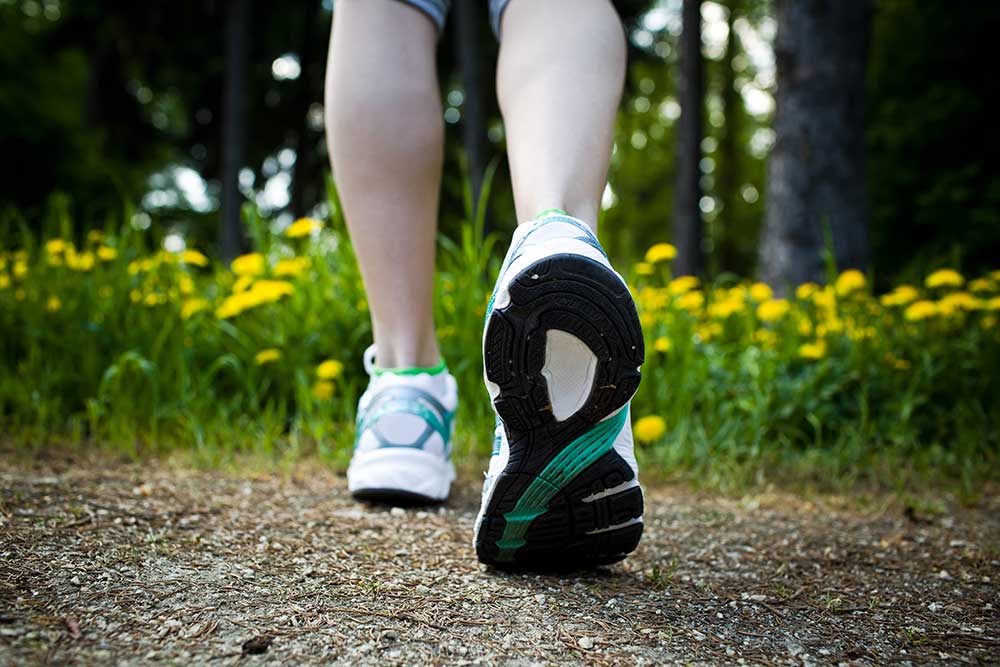
Heel Height and Drop
The heel-to-toe drop (the difference in height between the heel and the toe of the shoe) is generally higher in running shoes. This design aids runners who strike the ground with their heel. Walking shoes typically have a lower heel drop, promoting a natural walking stride.
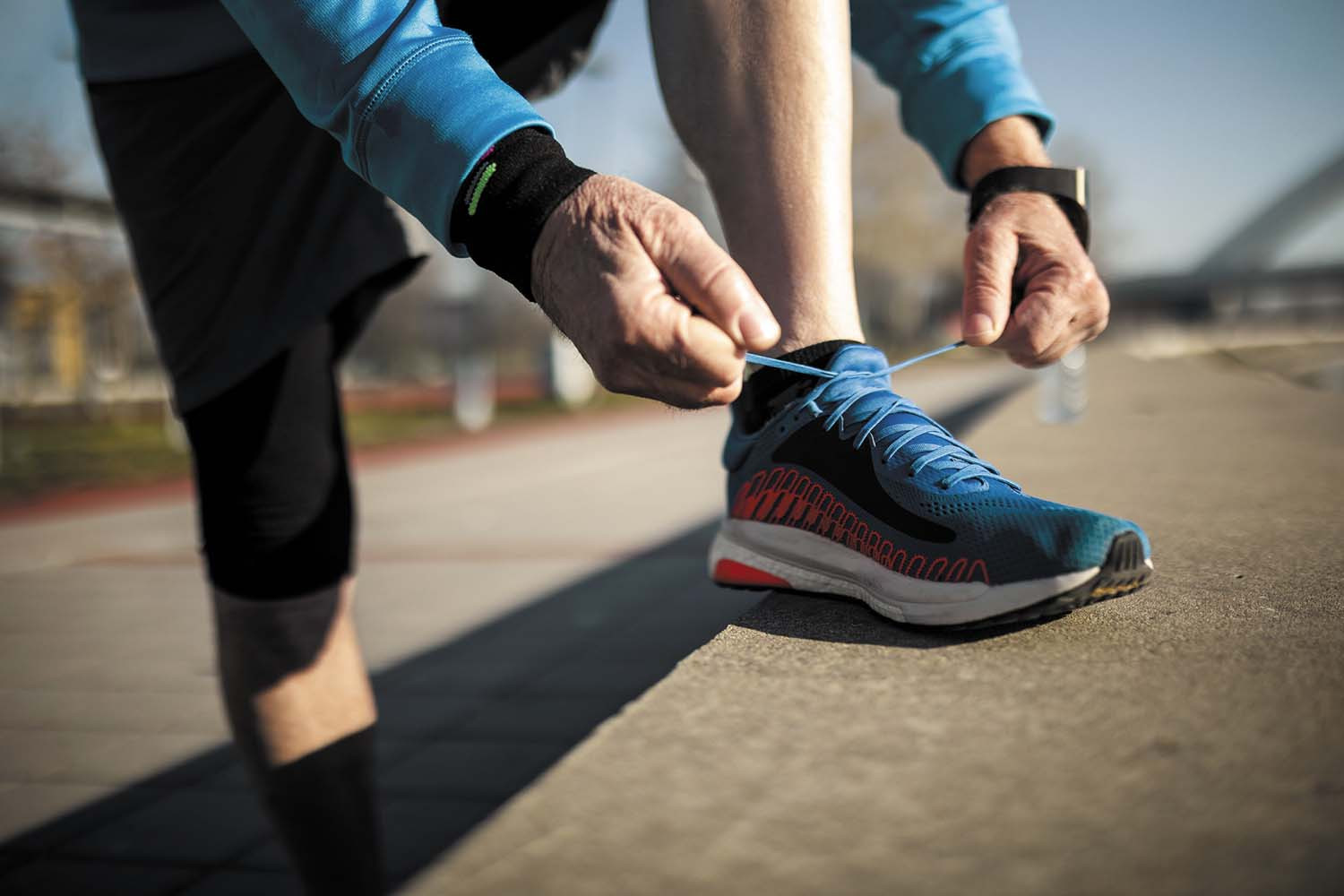
Pros and Cons of Walking in Running Shoes
Before deciding whether to use running shoes for walking, consider the following advantages and disadvantages.

Pros
- Cushioning: The extra cushioning in running shoes can provide comfort during long walks, especially on hard surfaces.
- Availability: Running shoes are widely available with various styles and technologies, making it easy to find a pair that fits well.
- Breathability: Many running shoes use breathable materials, helping keep feet cool and dry.
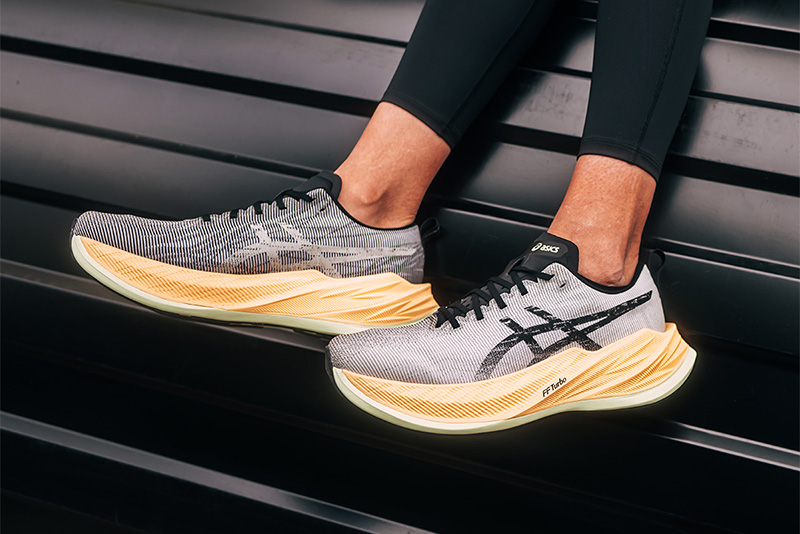
Cons
- Extra Weight: The additional cushioning and support can make running shoes heavier than walking shoes.
- Inflexibility: Running shoes may be less flexible in the forefoot, which can hinder the natural walking motion.
- Cost: High-quality running shoes can be more expensive than their walking counterparts.
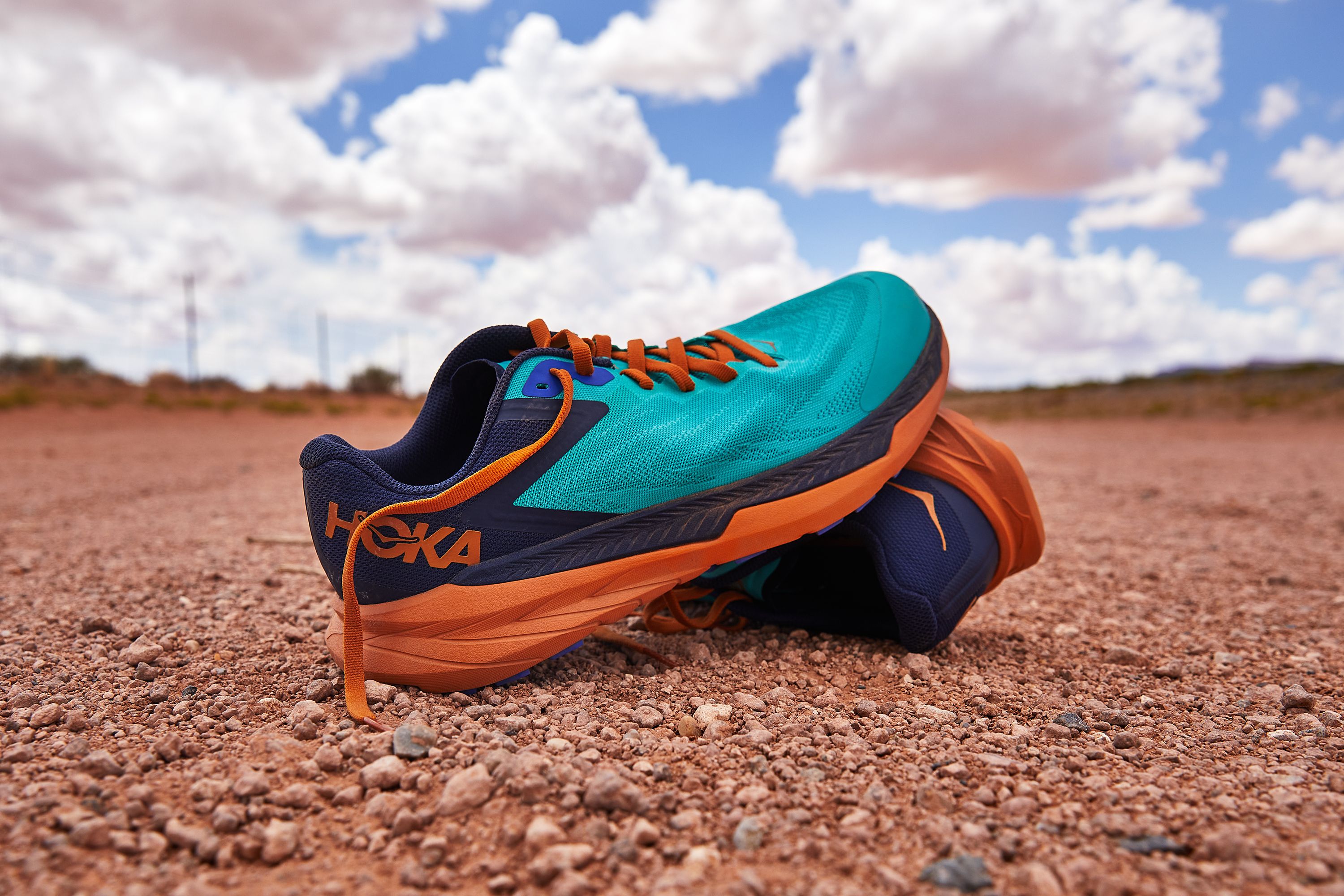
Comparison Table: Running Shoes vs. Walking Shoes
| Feature | Running Shoes | Walking Shoes |
|---|---|---|
| Cushioning | High Cushioning | Moderate Cushioning |
| Flexibility | Stiffer Sole | More Flexible Forefoot |
| Heel-to-Toe Drop | Higher Drop | Lower Drop |
| Weight | Generally Heavier | Lighter |
| Support | Enhanced Support for Impact | Adequate Support for Stability |
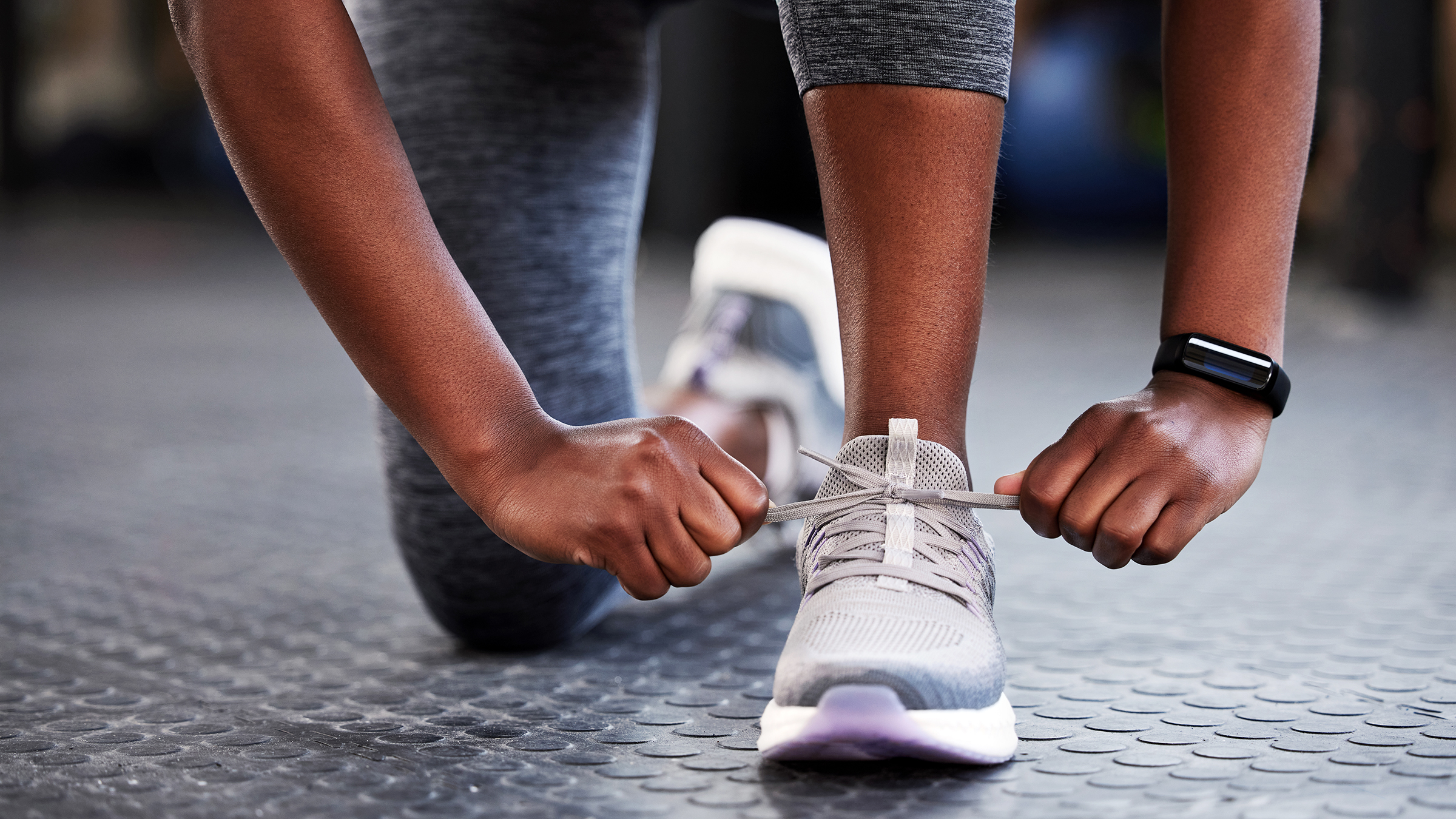
When Is It Okay to Walk in Running Shoes?
Using running shoes for walking is acceptable in certain situations. If you already own a comfortable pair of running shoes, they can suffice for casual walking or occasional strolls. The extra cushioning may provide added comfort, particularly if you have issues like heel pain or plantar fasciitis.
Suitable Scenarios
- Long-Distance Walking: For extended walks, the cushioning in running shoes can reduce foot fatigue.
- Walking on Hard Surfaces: If you often walk on concrete or asphalt, the shock absorption of running shoes can be beneficial.
- Fitness Walking: When incorporating brisk or power walking into your routine, running shoes can offer the needed support.
Potential Drawbacks to Consider
While running shoes can be used for walking, they might not be optimal for everyone.
Risk of Improper Gait
The design differences may alter your walking gait. A higher heel-to-toe drop can encourage heel striking, which isn’t ideal for efficient walking form.
Overheating and Breathability
Some running shoes are designed for short, intense activity and may not ventilate as well during prolonged walking, leading to overheating and discomfort.
Tips for Choosing the Right Shoe for Walking
Whether you decide on running shoes or dedicated walking shoes, consider these tips to find the perfect fit.
Get Professionally Fitted
Visit a specialty store where trained staff can analyze your gait and recommend suitable options. According to the American Podiatric Medical Association, proper fitting is crucial for foot health.
Consider Your Walking Style
Identify whether you overpronate (roll inward) or supinate (roll outward) when you walk. Choose shoes that provide the right support for your walking pattern.
Test for Flexibility
Bend the shoe to ensure it flexes at the ball of the foot. A shoe that’s too stiff can impede natural movement.
Check for Cushioning and Support
While walkers don’t need as much cushioning as runners, some padding can enhance comfort. Look for shoes with adequate arch support and cushioning that suits your needs.
Exploring Alternatives: Walking Shoes and Cross-Trainers
If running shoes aren’t ideal for your walking routine, consider these alternatives.
Walking Shoes
Specifically designed for walking, these shoes offer flexibility, a lower heel drop, and lightweight construction.
Cross-Trainers
Cross-training shoes are versatile, suitable for a variety of activities including walking, gym workouts, and casual sports.
Minimalist Shoes
For those interested in a natural feel, minimalist shoes mimic barefoot walking while offering protection. They encourage proper gait mechanics but may require a transition period.
Frequently Asked Questions (FAQs)
Can running shoes cause problems when used for walking?
While running shoes can be used for walking, they might alter your gait due to their design differences. This can potentially lead to discomfort or injuries over time.
Is it better to walk in running shoes or walking shoes?
It depends on your needs. Walking shoes are tailored for walking mechanics, offering flexibility and support where walkers need it most. If comfort and proper gait are priorities, walking shoes may be better.
How often should I replace my walking or running shoes?
Generally, it’s recommended to replace shoes every 300-500 miles. According to a study by the National Institutes of Health, shoe degradation can affect performance and increase injury risk.
Can I use the same shoes for walking and running?
If you’re a casual runner and walker, a high-quality pair of running shoes might suffice. However, if you engage in both activities regularly, having dedicated shoes for each can optimize performance and comfort.
What should I look for in a walking shoe?
Key features include flexibility at the forefoot, a low heel-to-toe drop, lightweight construction, and adequate cushioning. A good fit is essential to prevent blisters and other foot issues.
Conclusion: Making the Right Choice for Your Feet
So, can you walk in running shoes? The answer is yes, but with considerations. While running shoes offer excellent cushioning and support, they may not align perfectly with the biomechanics of walking. Assess your walking habits, comfort preferences, and any foot issues when choosing between running shoes, walking shoes, or other alternatives.
Your feet are the foundation of your mobility. Investing in the right footwear enhances not only comfort but also long-term foot health. For personalized advice, consult with a podiatrist or a professional footwear specialist.
